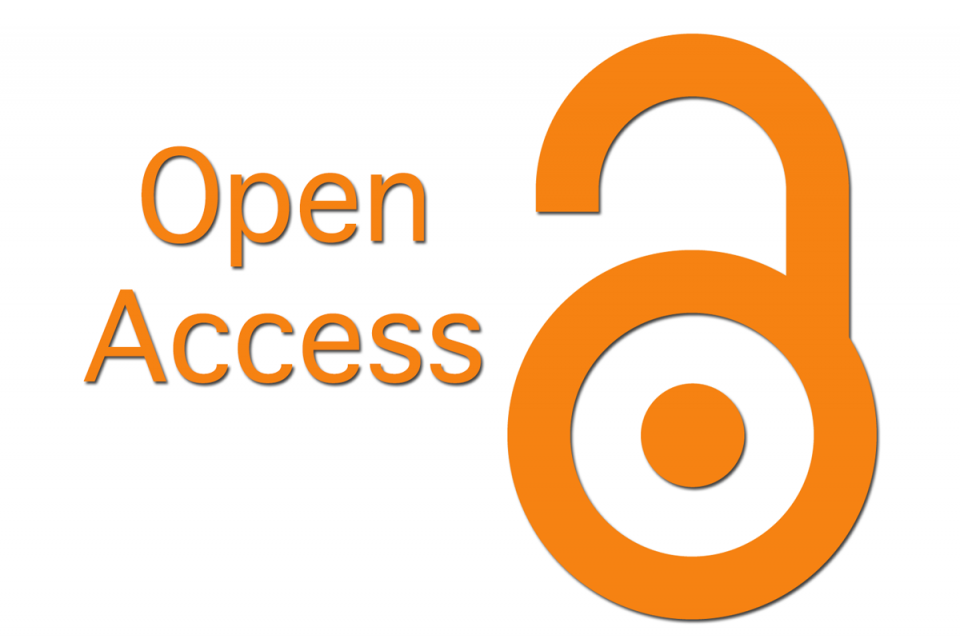COVID-19 AND COAGULATION DYSFUNCTION: A SYSTEMATIC REVIEW
Keywords:
Coagulation, COVID-19, Hemostasis, InflammationAbstract
The mechanism of blood coagulation, which is responsible for maintaining hemostasis, is an intricate process that is carried out by a number of clotting factors. The components I, II, IX, X, XI, and XII are the ones that make up the intrinsic route. The initial processes that set off this cycle of inflammation and thrombosis take place in the alveoli of the lungs. It is in these alveoli that the SARS-CoV-2 virus penetrates the alveolar epithelium through the angiotensin converting enzyme (ACE)-2 receptor. This leads to a significant inflammatory response, which, through a variety of mechanisms, commences the thrombotic stage of the process. Patients who are younger and do not have any other medical conditions can suffer from a serious disease if there is an excessive release of cytokines. Researchers have shown a link between having elevated serum levels of several inflammatory cytokines and chemokines and having a severe disease or even death. Numerous investigations have unequivocally established that there is a causal connection between inflammation and thrombosis, as well as a two-way exchange of information between the two. An increase in high levels of C-reactive protein (CRP), lactate dehydrogenase (LDH), ferritin, interleukin-6, and D-dimer are proof that COVID-19 creates a hyper pro-inflammatory condition. This is shown by the fact that these levels increase. Patients diagnosed with COVID- 19 were shown to have a correlation that went in both directions between the levels of IL-6 and fibrinogen, which lends credence to the concept of inflammatory thrombosis.
References
Chaturvedi S; Brodsky RA; McCrae KR. Complement in the Pathophysiology of the Antiphospholipid Syndrome. Front Immunol. 2019;10:449.
Franchi T; Eaton S; De Coppi P; et al. The emerging role of immunothrombosis in paediatric conditions. Pediatr Res. 2019;86(1):19–27.
Panova-Noeva M; Eggebrecht L; Prochaska JH; et al. Potential of Multidimensional, Large-scale Biodatabases to Elucidate Coagulation and Platelet Pathways as an Approach towards Precision Medicine in Thrombotic Disease. Hamostaseologie. 2019;39(2):152–63.
Luyendyk JP; Schoenecker JG; Flick MJ; et al. The multifaceted role of fibrinogen in tissue injury and inflammation. Blood. 2019;26(1):41–50.
Ganong F; William. Buku Ajar Fisiologi Kedokteran. 22 ed. Jakarta: EGC; 2013.
Sherwood L. Fisiologi Manusia: dari sel ke sistem. 6 ed. Jakarta: EGC; 2011.
Correa TD, Cordiolo RL, Guerra JCC, et al. Coagulation profile of COVID-19 patients admitted to the ICU: An exploratory study. PLoS One. 2020;15(12).
Giannis D, Gianni P, Ziagos I. Coagulation disorders in coronavirus infected patients: COVID-19, SARS-CoV-1, MERS-CoV and lessons from the past. J Clin Virol. 2020;127.
Long H, Nie L, Xiang X, et al. D-Dimer and Prothrombin Time Are the Significant Indicators of Severe COVID-19 and Poor Prognosis. Hindawi Publ Corp. 2020;3(2).
Kermali M, Khalsa RV, Pillai K, et al. The role of biomarkers in diagnosis of COVID-19 – A systematic review. Life Sci. 2020;254.
Wiersinga WJ, Rhodes A, Cheng AC, Peacock SJ, Prescott HC. Pathophysiology, Transmission, Diagnosis, and Treatment of Coronavirus Disease 2019 (COVID-19): A Review. JAMA [Internet] 25 Agustus 2020;324(8):782–
Tersedia pada: https://doi.org/10.1001/jama.2020.12839
Guan WJ; Ni ZY; Hu Y; et al. Clinical Characteristics of Coronavirus Disease 2019 in China. N Engl J Med. 2020;
Menter T, Haslbauer JD, Nienhold R, et al. Postmortem examination of COVID-19 patients reveals diffuse alveolar damage with severe capillary congestion and variegated findings in lungs and other organs suggesting vascular
dysfunction. Histopathology. 2020;77(2):198–209.
Smilowitz NR, Subashchandran V, Yuriditsky E, Horowitz JM, Reynolds HR, Hochman JS, et al. Thrombosis in hospitalized patients with viral respiratory infections versus COVID-19. Vol. 231, American heart journal. United States; 2021. hal. 93–5.
Leentjens J, Haaps TF, Wessels PF, et al. COVID-19-associated coagulopathy and antithrombotic agents—lessons after 1 year. Lancet Haematol. 2021;
Levi M, Thachil J, Iba T, Levy JH. Coagulation abnormalities and thrombosis in patients with COVID-19. Lancet Haematol. Juni 2020;7(6):e438–40.
Aggarwal M, Dass J, Mahapatra M. Hemostatic Abnormalities in COVID-19: An Update. Indian J Hematol Blood Transfus. 2020;36(4):616–26.
Tian W, Jiang W, Nicholson CJ, et al. Predictors of mortality in hospitalized COVID‐19 patients: A systematic review and meta‐analysis. J Med Virol. 2020;92(10):1875–83.
Wichmann D, Sperhake JP, Lütgehetmann M, et al. Autopsy Findings and Venous Thromboembolism in Patients With COVID-19: A Prospective Cohort Study. Ann Intern Med. 2020;173(4):268–77.
Bompard F, Monnier H, Saab I, et al. Pulmonary embolism in patients with Covid-19 pneumonia. Eur Respir J. 2020;
Sakr Y, Giovini M, Pizzilli G, et al. Pulmonary embolism in patients with coronavirus disease-2019 (COVID-19) pneumonia: a narrative review. Ann Intensive Care. 2020;10(124).
Downloads
Published
Issue
Section
License

This work is licensed under a Creative Commons Attribution 4.0 International License.
You are free to:
- Share — copy and redistribute the material in any medium or format for any purpose, even commercially.
- Adapt — remix, transform, and build upon the material for any purpose, even commercially.
- The licensor cannot revoke these freedoms as long as you follow the license terms.
Under the following terms:
- Attribution — You must give appropriate credit , provide a link to the license, and indicate if changes were made . You may do so in any reasonable manner, but not in any way that suggests the licensor endorses you or your use.
- No additional restrictions — You may not apply legal terms or technological measures that legally restrict others from doing anything the license permits.
Notices:
You do not have to comply with the license for elements of the material in the public domain or where your use is permitted by an applicable exception or limitation .
No warranties are given. The license may not give you all of the permissions necessary for your intended use. For example, other rights such as publicity, privacy, or moral rights may limit how you use the material.







